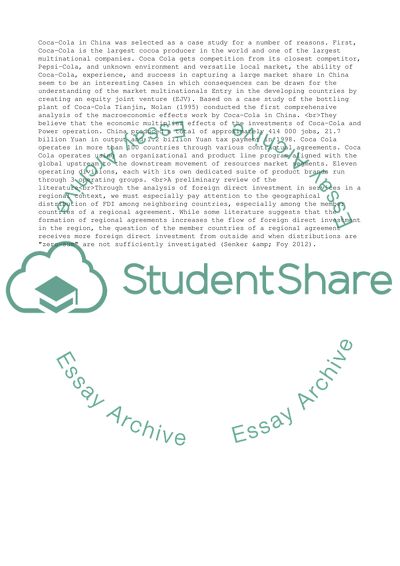Cite this document
(“Coursework Thesis Proposal Example | Topics and Well Written Essays - 2250 words - 1”, n.d.)
Coursework Thesis Proposal Example | Topics and Well Written Essays - 2250 words - 1. Retrieved from https://studentshare.org/business/1689510-coursework
Coursework Thesis Proposal Example | Topics and Well Written Essays - 2250 words - 1. Retrieved from https://studentshare.org/business/1689510-coursework
(Coursework Thesis Proposal Example | Topics and Well Written Essays - 2250 Words - 1)
Coursework Thesis Proposal Example | Topics and Well Written Essays - 2250 Words - 1. https://studentshare.org/business/1689510-coursework.
Coursework Thesis Proposal Example | Topics and Well Written Essays - 2250 Words - 1. https://studentshare.org/business/1689510-coursework.
“Coursework Thesis Proposal Example | Topics and Well Written Essays - 2250 Words - 1”, n.d. https://studentshare.org/business/1689510-coursework.


